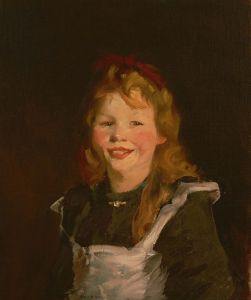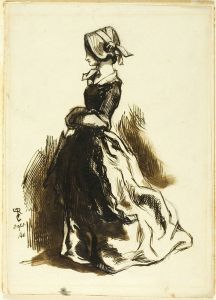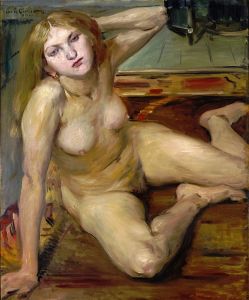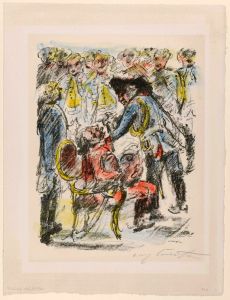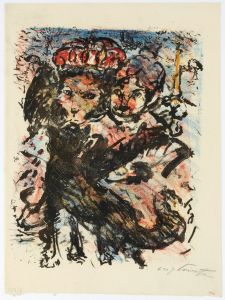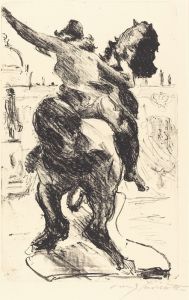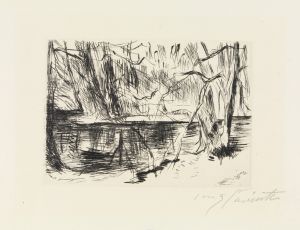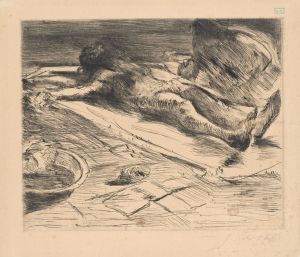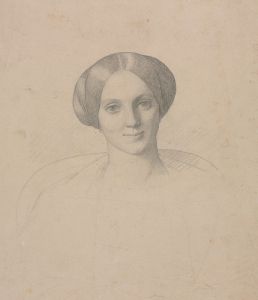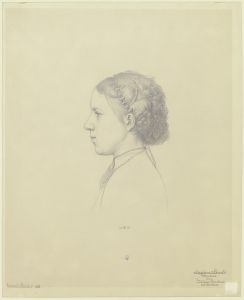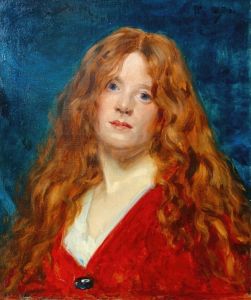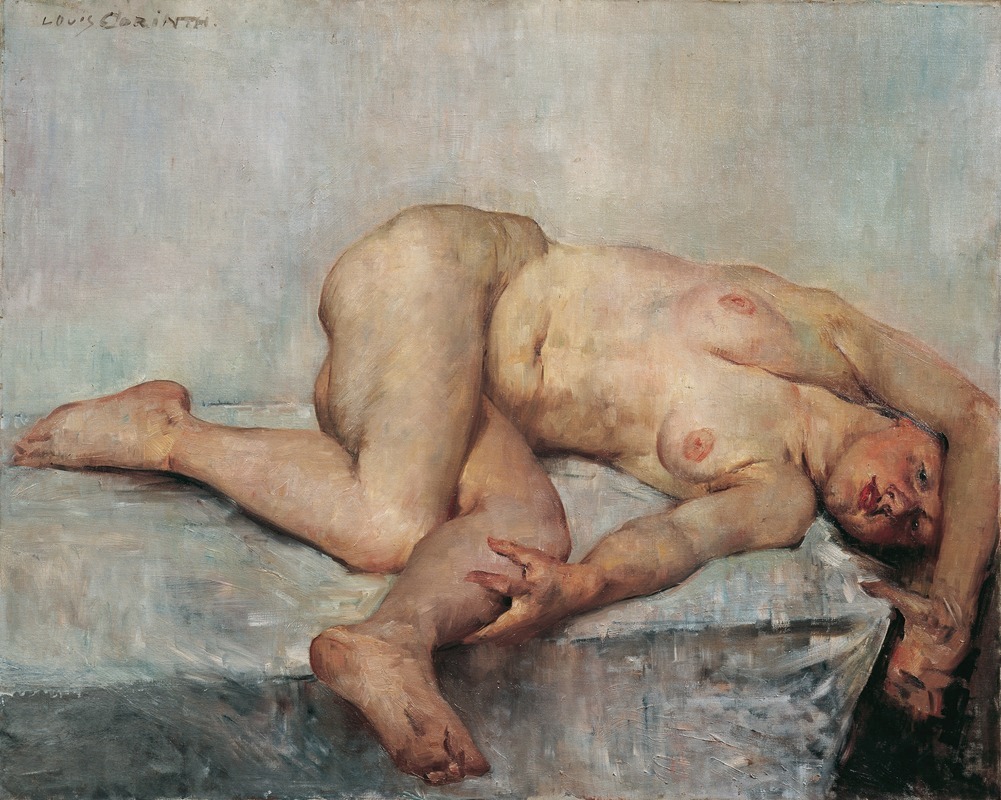
Liegender Weiblicher Akt
A hand-painted replica of Lovis Corinth’s masterpiece Liegender Weiblicher Akt, meticulously crafted by professional artists to capture the true essence of the original. Each piece is created with museum-quality canvas and rare mineral pigments, carefully painted by experienced artists with delicate brushstrokes and rich, layered colors to perfectly recreate the texture of the original artwork. Unlike machine-printed reproductions, this hand-painted version brings the painting to life, infused with the artist’s emotions and skill in every stroke. Whether for personal collection or home decoration, it instantly elevates the artistic atmosphere of any space.
Liegender Weiblicher Akt (Reclining Female Nude) is a painting by the German artist Lovis Corinth, a prominent figure in the late 19th and early 20th-century art movements. Corinth is known for his transition from Impressionism to Expressionism, and his works often explore themes of human emotion, physicality, and the passage of time. This painting, created in 1910, exemplifies Corinth's mature style, characterized by bold brushstrokes, vibrant colors, and a dynamic approach to form.
The artwork depicts a reclining nude female figure, a subject that has been a central theme in Western art history. Corinth's interpretation of the nude diverges from the idealized forms of classical tradition, instead presenting a more naturalistic and intimate portrayal of the human body. The figure is rendered with a sense of immediacy and vitality, emphasizing the physical presence of the subject. The loose, expressive brushwork and the interplay of light and shadow contribute to the painting's dynamic composition.
Liegender Weiblicher Akt reflects Corinth's interest in capturing the individuality and humanity of his subjects. Unlike some of his contemporaries, who often idealized or abstracted the nude form, Corinth's approach is grounded in realism, albeit with an expressive edge. The painting also demonstrates his mastery of color, with warm tones dominating the composition and creating a sense of depth and warmth.
This work was created during a period of significant personal and professional growth for Corinth. By 1910, he had established himself as a leading figure in the Berlin Secession, an influential group of artists who sought to challenge academic traditions and promote modern art. His style during this time became increasingly expressive, reflecting both his artistic evolution and his engagement with broader cultural and artistic trends of the early 20th century.
Liegender Weiblicher Akt is housed in the collection of the Museum Wiesbaden in Germany, which holds a significant number of Corinth's works. The painting is considered an important example of Corinth's contribution to modern art and his ability to merge traditional subject matter with innovative techniques. It continues to be studied and appreciated for its artistic and historical significance.





